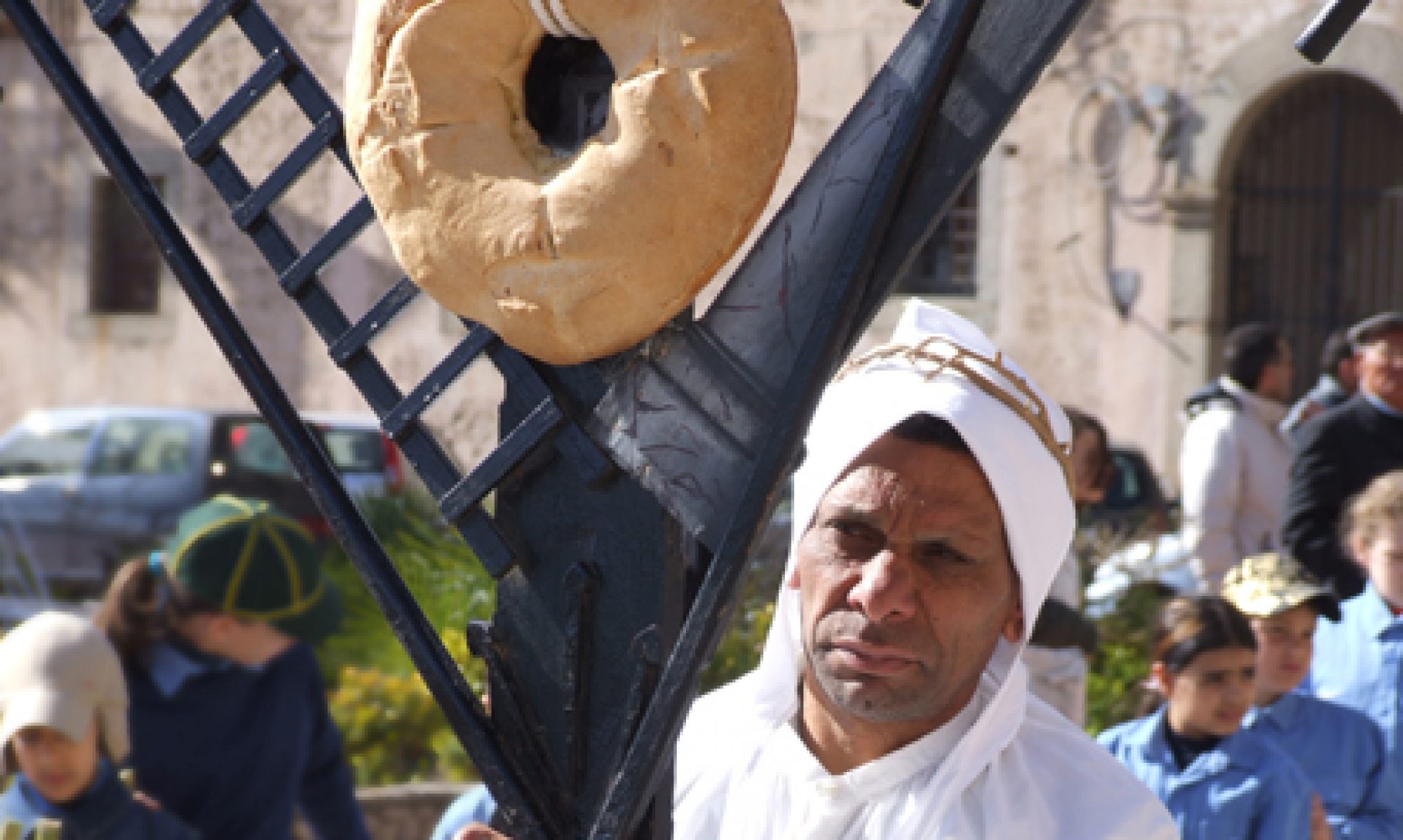Locride. The Ionian side is in the Locride territory.
The Aspromonte National Park occupies the southern edge of the peninsula. It is a strip of land between the Ionian Sea and the Tyrrhenian Sea. The Ionian side is in the Locride territory.
A great environmental heritage
Forests in ancient times covered much of the Earth. Today only a very small part of them remains because man, since ancient times, destroys them both for the need for timber and to make room for agricultural crops.
Yet forests are fundamental for the environment: they create oxygen, offer protection to many animal species and embellish the landscape. Their presence is more important than ever in the mountains, where rainwater, unhindered by forest vegetation, can take on such proportions as to give way to run-offs and landslides, with damage also to the valleys below.
The elements that can give life to a forest are four: first of all the soil and the climate, then the vegetation and fauna.
Plants derive nourishment from the soil. Even the most fertile one originates from the rocky surface, after for centuries and centuries they have exerted an action on it atmospheric and chemical agents, as well as the plants and animals that gradually began to animate it. If the forest needs the soil to be born and grow, it is also true that the soil and the entire ecosystem need the forest to preserve themselves.
Plant species are different both according to the type of soil and according to the climate. Just as the plants of a forest change the soil in turn, they also influence the climate: just think about the lower temperatures and the greater humidity found in a wooded area. So the factors that determine a forest, in addition to being changeable, influence each other; thus they create a balance that is always unstable.
On the Aspromonte the presence of the woods is remarkable: they extend for about 40,000 hectares and cover the Park up to the highest altitudes.
Aspromonte National Park, nature
Located between the Ionian Sea and the Tyrrhenian Sea, from which it is very little, the Aspromonte Massif has several peaks that touch 2000 meters (the highest is that of Montalto: 1955 m). From them Etna and the Aeolian Islands are clearly visible. The steep curly walls delimit narrow and suggestive valleys, animated by torrents with a rushing course which, during the journey, collect the water of fascinating waterfalls.
Between the sea and the massif, there is almost always nothing but a narrow strip of land, truncated at certain points by enchanting promontories overlooking the sea (the most spectacular is Monte S. Elia). This strip of land widens only a few times, giving life, for example, to the plain of Gioia Tauro, which with its 400 km2 is the largest plain in Calabria.
The Rumia lake and the Costantino lake, the latter formed after a landslide obstructed the course of a river, offer suggestive views respectively near Gambarie and in the Bonamico valley.
Upstream of the inhabited center of S.Luca, various monoliths that emerge from thick holm oak woods offer a curious view; is the Valley of the Great Stones: Cape Stone, Castle Stone, Long Stone, etc.
Near Natile, due to rock settlements, the landscape is reminiscent of Cappadocia. In the north-west area of Aspromonte the plans of Zervò and those of the Zomaro are worth a visit.
Large woods constitute one of the great naturalistic heritages of Aspromonte; the vegetation includes all the plants typical of the Mediterranean basin. Equally naturalistic value is the fauna. It is present with many species more common to rare, although some disappeared years ago.
Aspromonte National Park, Fauna
The Aspromonte National Park enjoys an extraordinary fauna richness thanks to the environmental variety of its territory. The dense vegetation and the presence of a predominantly Mediterranean climate favor the presence of many animal species that find their ideal habitat in Aspromonte.
Aspromonte National Park, Flora
The natural territory of the Aspromonte park has a very jagged morphology which, moving from the Tyrrhenian coast to the Ionian coast of Calabria, gives rise to a great variety of plant species and generates a vast biodiversity, thanks also to the particularly favorable climatic conditions.
Aspromonte National Park, wealth of traditions
Not only nature, but also human activities contribute to making Aspromonte unique. In particular, craftsmanship is flourishing in many of its expressions and hands down to us today ancient techniques and knowledge.
Agricultural and pastoral objects are made of wood (molds for cheeses, collars, spoons, etc.), as well as musical instruments such as tambourines and bagpipes. The pipes deserve a separate discussion, which are obtained from the root of the Calabrian tree heather, considered for this purpose the most precious wood ever. Some stoves are sold to Italian and foreign factories, mostly English, which obtain pipes for export all over the world under various brands.
In the countries of the Greek area and especially in Samos, in which a characteristic dialect similar to ancient Greek is spoken, the weaving activity gives life to colorful Byzantine-style fabrics, the pezze, and very resistant broom blankets. In Gerace, on the other hand, the production of lace and lace, made in crochet and bobbin lace, is widespread.
Always Gerace is an important center for ceramics. Much sought after by tourists are the objects made here: Roman and Greek amphorae, watering cans, whistles, pine cones for gardens, etc.
Religion and folklore are also part of the references that clearly cross the borders of Calabria. Aspromonte is home to many monasteries and sanctuaries including that of Polsi, which is by far the most popular: thousands and thousands of pilgrims go there annually to pray to the Madonna della Montagna. And, after the visit, there is often a party based on abundant lunches and folk dances.

